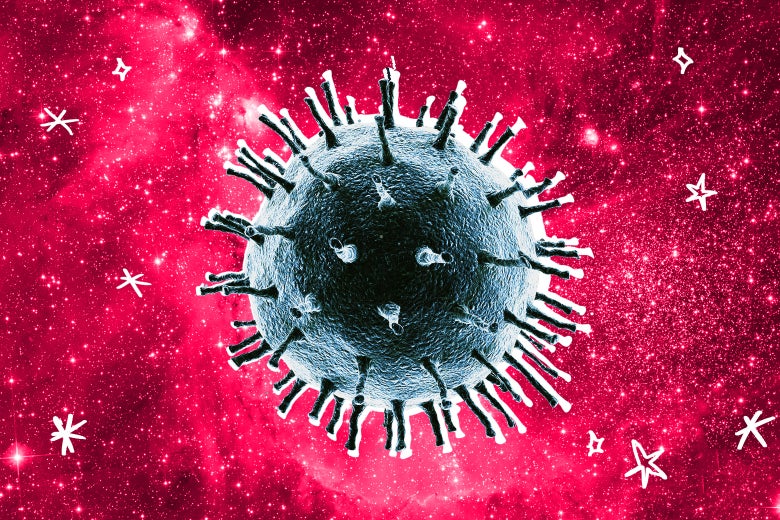Aimed at providing the most up-to-date science on the first billion years’ history of the Earth-Moon system (from solar system formation at 4.567 Ga to the widespread preservation of crustal rocks at 3.5 Ga), this virtual workshop consists of presentations and discussion periods held over a period of three hours for each of two consecutive days, facilitated through an online multi-user video-conferencing system using Adobe Connect to be hosted by the technical facilities of the NAI.
Conveners: Martin Van Kranendonk, University of New South Wales
Andy Czaja, University of Cincinnati
Nicolle Zellner, Albion College
DAY 1, SESSION 1: FORMATION OF THE SOLAR SYSTEM, EARTH, AND MOON (20 MAY, 19:00– 21:00 UTC)
Talk 1. What can the Mg isotope composition of presolar silicate grains tell us about the evolution of interstellar dust prior to and during the early stages of solar system history?
János Kodolányi, Vrije Universiteit Brussels
Talk 2. From what is Earth made?
Rick Carlson, Department of Terrestrial Magnetism, Carnegie Institution of Washington
Talk 3. The first 300 Myr of Earth evolution: Our increasingly high-fidelity timeline
Lindy Elkins-Tanton, Department of Terrestrial Magnetism, Carnegie Institution of Washington
Talk 4. Improving the understanding of Hf-W and U-Pb chronometry in the Earth-Moon system
Carsten Munker, Institut für Geologie und Mineralogie, Universität zu Köln
DAY 1, SESSION 2: CRUSTAL EVOLUTION IN THE HADEAN (20 MAY, 21:00–23:00 UTC)
Talk 5. The Earth’s Early Crust
Aaron Cavosie, Department of Geology, University of Puerto Rico
John Valley, Department of Geoscience, University of Wisconsin, Madison
Talk 6. Why aren’t Hadean zircons shocked? A detrital shocked mineral perspective on the Late Heavy Bombardment
Aaron Cavosie, Department of Geology, University of Puerto Rico
Talk 7. Constraining the mechanism of Eoarchean crust formation
Elis Hoffmann, Institut für Geologie und Mineralogie, Universität zu Köln
Coauthors: Thorsten Nagel, Carsten Münker, Tomas Næraa, and Minik Rosing
Talk 8. Is there Hadean crust preserved and what can we tell about its composition?
Jonathan O’Neil, Ottawa-Carleton Geoscience Centre, University of Ottawa
DAY 2, SESSION 3: EARTH’S SURFACE CONDITIONS IN THE HADEAN (21 MAY, 19:00–21:00 UTC)
Talk 9. Looking back by looking up: how exoplanets might inform us about surface conditions and
abiogenesis on early Earth
Eric Gaidos, School of Ocean and Earth Science and Technology, University of Hawai’i at Manoa
Talk 10. Arguments in favor of an early reducing atmosphere and abundance of organic compounds in the early ocean
George Shaw, Geology Department, Union College
Talk 11. Inner Solar System clues to the Hadean surface of the Earth
Tim Swindle, Department of Planetary Sciences and Lunar and Planetary Laboratory, University of Arizona
Talk 12. Late heavy bombardment on the Moon
Marc Norman, Research School of Earth Sciences, The Australian National University
Talk 13. Impact Delivery of Biomolecules
Nicolle Zellner, Albion College, Department of Physics
Coauthors: Vanessa McCaffrey, Casey Waun, and Erica Earl
DAY 2, SESSION 4: EVIDENCE OF EARLY LIFE ON EARTH (21 MAY, 21:00–23:00 UTC)
Talk 14. Anoxic geothermal fields and the early life
Armen Y. Mulkidjanian, University of Osnabrück, Germany, and School of Bioengineering and Bioinformatics, Lomonosov Moscow State University, Russia
Coauthors: Andrew Yu. Bychkov, Daria V. Dibrova, Michael Y. Galperin, and Eugene V. Koonin
Talk 15. Anoxygenic photosynthesis recorded in 3.8 Ga BIFs of the Isua Supracrustal Belt
Andy Czaja, Departments of Geology and Chemistry, University of Cincinnati
Talk 16. Stromatolites and other biosignatures at the 3.5 Ga North Pole Dome: Significance to origin of life studies
Martin Van Kranendonk, School of Biological, Earth and Environmental Sciences, University of New South Wales
Talk 17. Detecting signs of ancient life and environment at the microbial scale
Kenneth Williford, Jet Propulsion Laboratory
Talk 18. Did life start as soon as it could?
Malcolm Walter, School of Biotechnology and Biomolecular Sciences, University of New South Wales
 Astrovirology
Astrovirology Searching for Signs of Subsurface Life on Mars (Extinct to Extant)
Searching for Signs of Subsurface Life on Mars (Extinct to Extant) Serpentinizing Systems Science
Serpentinizing Systems Science Exoplanet Biosignatures Workshop Without Walls
Exoplanet Biosignatures Workshop Without Walls